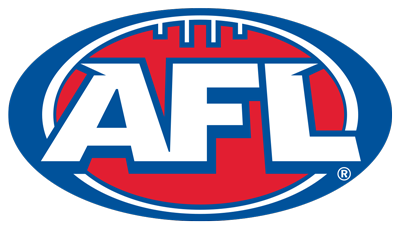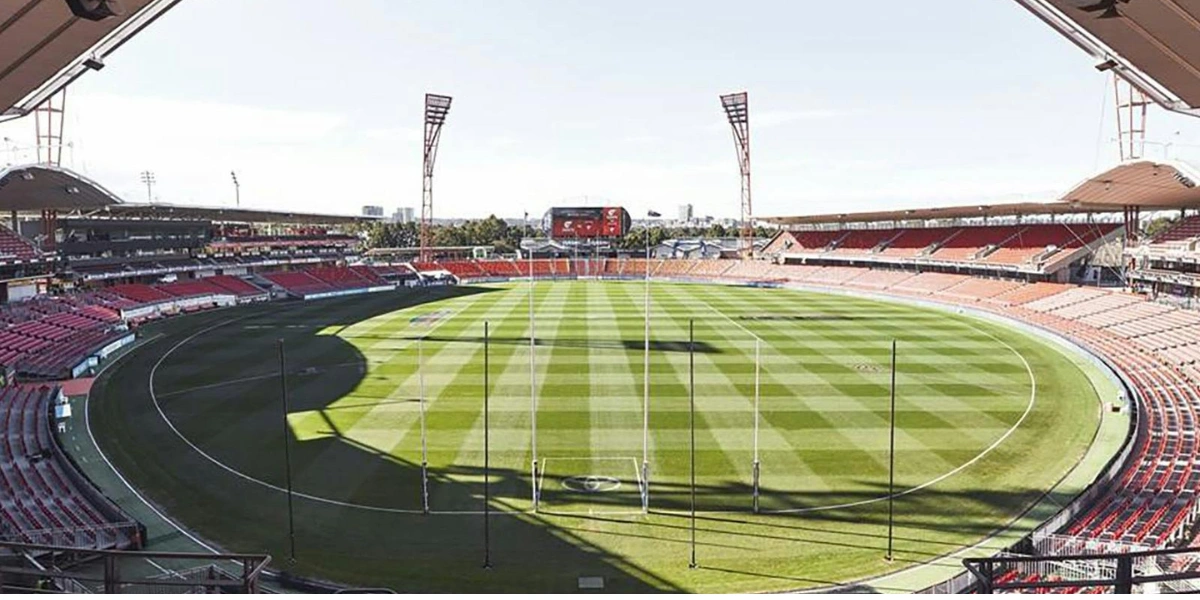Sydney Showground Stadium
Last updated on July 29, 2024 at 17:29 pm
Posted on July 27, 2024 at 16:27 pm
Sydney Showground Stadium showcases Sydney’s sporting evolution with upgrades and enhancements. Initially constructed to replace the aging Showground at Moore Park, it became the primary home ground for The Greater Western Sydney Giants. A $65 million upgrade in 2010 expanded facilities for AFL matches. Seating capacity was raised to 25,000 in 2012, solidifying its standing as a key venue for various sports. This stadium’s history is packed with developments that have shaped it into a modern and versatile sporting hub, offering an exciting experience for fans and teams alike. Further details reveal its impactful journey and future plans.
Early history
At the inception of Sydney Showground Stadium, its early history unfolds as a pivotal chapter in the evolution of sporting infrastructure in Sydney, Australia. Constructed as part of the Sydney Showground development, the stadium was built to replace the aging Showground at Moore Park in preparation for the 2000 Summer Olympics.
Initially serving as the primary home ground for The Greater Western Sydney Giants, the stadium underwent a $65 million upgrade in 2010 to enhance facilities for the AFL team. Subsequently, the seating capacity was increased to 25,000 in 2012, marking a significant milestone in the stadium’s development.
The stadium’s rich history in Australian Rules Football began with the Giants’ inaugural game in the 2012 AFL season, setting the stage for many memorable sporting moments to come.
Construction
The construction of Sydney Showground Stadium was a significant project that incurred a cost of $65 million, aimed at replacing the aging Showground at Moore Park for the 2000 Summer Olympics. This development had far-reaching impacts on the sports landscape in Sydney, providing a modern venue for various events such as Australian Rules Football, cricket, soccer, baseball, and the Olympics.
The stadium’s opening marked a new era in sporting infrastructure, setting the stage for future upgrades and expansions to accommodate a growing demand for world-class facilities.
Cost
Constructed as a pivotal component of the Sydney Showground development, the Sydney Showground Stadium was built to replace the aging Showground at Moore Park specifically for the 2000 Summer Olympics. The construction cost for the stadium was approximately $65 million. This investment was aimed at creating a modern and multipurpose sporting facility capable of hosting various events beyond the Olympics.
The initial construction expenses covered the basic infrastructure required for hosting major sporting events, ensuring the stadium met international standards. Over the years, additional funds have been allocated for upgrades and expansions to enhance the stadium’s capacity and amenities, reflecting its growing importance as a key sporting venue in Sydney.
Impacts
The construction of the Sydney Showground Stadium for the 2000 Summer Olympics had a significant impact on the sporting landscape of Sydney. It ushered in a new era of modern and versatile sporting infrastructure development in the city. The stadium’s construction not only provided a state-of-the-art venue for the Olympic Games but also laid the foundation for future sporting events and activities.
The addition of this venue allowed for the hosting of various sports such as Australian Rules Football, cricket, soccer, baseball, and even Olympic events like modern pentathlon competitions. Its strategic location and modern amenities attracted top-tier sporting teams and events, further solidifying Sydney’s reputation as a hub for world-class sporting competitions.
Opening
In examining the genesis of the Sydney Showground Stadium, the inaugural phase of its existence shines a light on the meticulous planning and execution that marked its construction. Originally built as part of the Sydney Showground development, the stadium was constructed to replace the aging Showground at Moore Park for the 2000 Summer Olympics.
In 2010, a $65 million upgrade was announced specifically for the GWS Giants, culminating in an increased seating capacity to 25,000 in 2012. Currently seeking funding for further expansion to 35,000 seats, the stadium has become the primary home ground for The Greater Western Sydney Giants in Australian Rules Football.
Its construction and subsequent upgrades have positioned it as a key venue for various sporting events, contributing significantly to the region’s sports landscape.
Development
As the Sydney Showground Stadium continues to evolve as a premier sports venue, its ongoing development remains a focal point for enhancing the overall spectator experience and accommodating a diverse range of events. The table below highlights key aspects of the stadium’s recent development efforts:
These developments aim to position the Sydney Showground Stadium as a top-tier venue that caters to the needs of both sports enthusiasts and event organizers.
Ownership
Continuing the evolution of Sydney Showground Stadium as a premier sports venue, a critical aspect to explore is its current ownership structure and management.
The stadium is owned and operated by the Royal Agricultural Society of New South Wales (RAS). The RAS has been the custodian of the site since its inception and has overseen its development into a modern, multi-purpose facility. The RAS works closely with various sports teams and event organizers to guarantee the stadium meets the requirements of a wide range of sporting and entertainment events.
This ownership structure provides stability and continuity for the venue, allowing for long-term planning and investment in upgrades to maintain its status as a top-tier sporting facility.
Australian Rules Football
The prominence of Australian Rules Football at Sydney Showground Stadium underscores its pivotal role as the primary home ground for The Greater Western Sydney Giants. Since the Giants played their first game in the 2012 AFL season, the stadium has become a significant venue for the sport.
Significantly, it hosted the first AFL finals game in 2016, marking a milestone for the team and the stadium. The Giants’ victory against Port Adelaide stands out as a memorable moment, despite a close loss to the Western Bulldogs in a preliminary final.
With ongoing upgrades and potential expansion plans to increase seating capacity, Sydney Showground Stadium continues to solidify its position as a key location for Australian Rules Football in the region.

